dear strictly business: how do i explain (and justify) my prices?
We asked three creative types how they deal with the finicky business of discussing their rates.
Welcome to our Dear Strictly Business advice column, where you ask the questions and we hunt down the answers. Got a burning question? Feel free to send it our way.
Everyone loves a bargain, which gets a bit frustrating if you’re the one being bargained with. After all, us arty-crafty types still need to make a living, right? If you’re a sole trader with a skill for sale – maybe you’re a photographer or a dab hand in the kitchen – it can be intimidating (at first) to demand the dosh you know you’re worth. What if a potential client pulls you up on your prices? For a stickybeak into this sometimes awkward conversation, we chatted to three rad creatives about how they explain (and justify) their rates.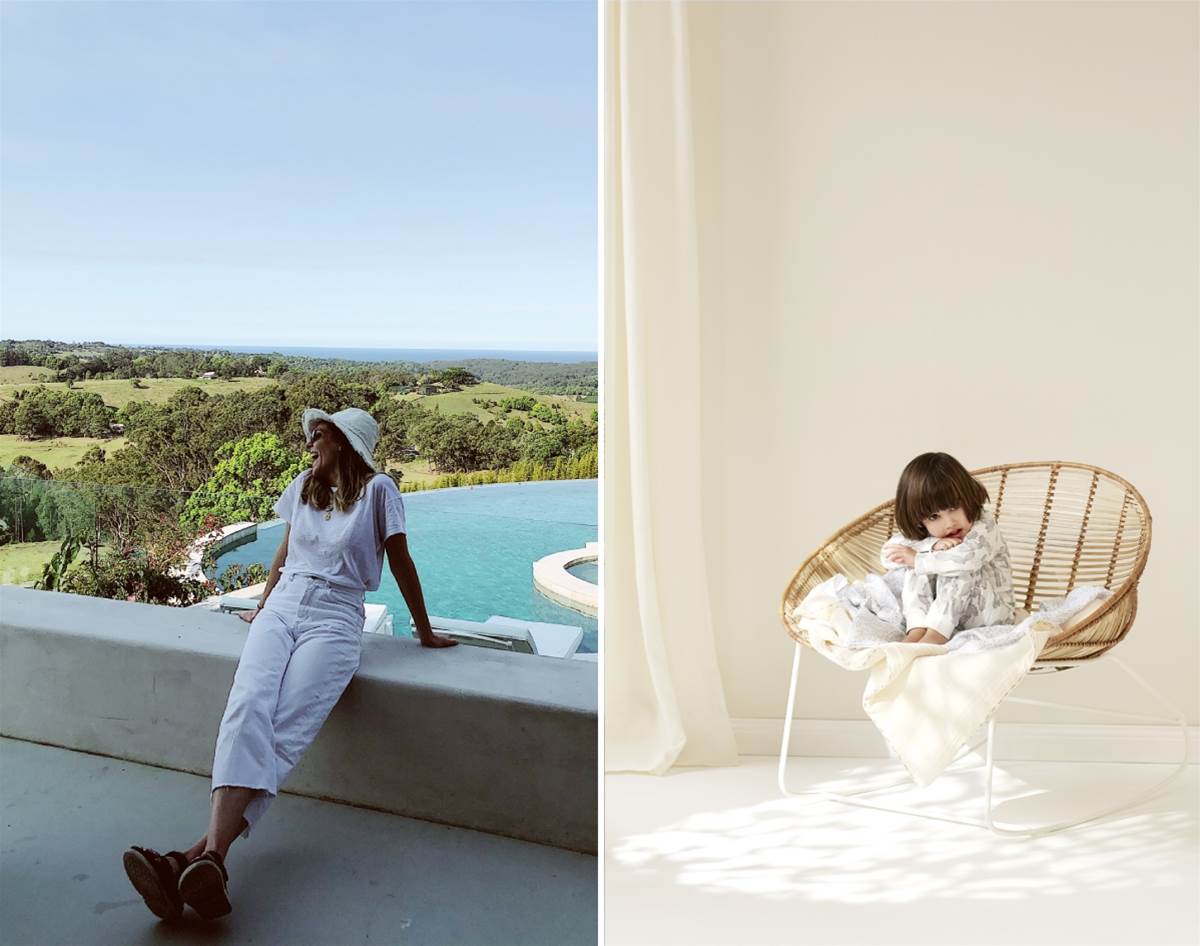 Rebecca (left) and a shot she styled (right)
Rebecca (left) and a shot she styled (right)
OUR EXPERT PANEL
Zee Scott – Marriage celebrant, caterer, baker and micro-event planner.
Rebecca Vitartas – Freelance stylist and creative consultant.
Tess McCabe – Graphic designer specialising in book design, branding and website design for small businesses and individuals.
Tell us what you love about your work. And what do you find tricky?
Zee: I’m a people person. I love that I get to engage with from different walks of life and that I’m able to learn about different cultures, too.
Rebecca: I love that every day is different in my job. I love the people that I work with and the beautiful places, towns and houses that I get to travel to and see (when we’re not in lockdown). I love the dynamic of a crew and the feeling of working together to create something beautiful.
Tess: I’ve always loved graphic design. So much of the character of a business is attributed to its visual design and aesthetic, and I love defining those character traits. I like working for myself because I get to develop a one-on-one relationship with my clients, which I feel makes for a better design outcome.
How have you come up with your prices?
Zee: Once a year I do a competitive shop to see where other similar businesses are. I take into consideration my experience, inclusions, how many hours I contribute to weddings (including meetings, etc.) and, of course, my knowledge.
Rebecca: I usually charge by the day, depending on the job and what’s involved. Advertising jobs are usually charged as a standard day rate, while editorial rates vary depending on the publication. For pre- and post-production work, I usually charge an hourly rate, as I find this seems to work for most of my clients. Those production costs can include things like sourcing wardrobe for a shoot or liaising with set builders and studio managers.
Tess: Generally my rates start at an amount I feel aligns with the industry standard and the budgets of my ideal clients. Then I calculate a value-add on top by learning about the client, their goals, and their knowledge or experience in the area I’m helping them with.
For example, I might have a minimum fee to design a book for a self-publishing client, which includes design and layout. But then I adjust that fee based on the specifics of the project – such as the word count, for example – and the value I can offer that particular client with my experience.
However, if the client requires updates to a previous project that we have worked on together, or if I have a regular client who is consistent with small projects, it makes sense to work with them on an hourly rate.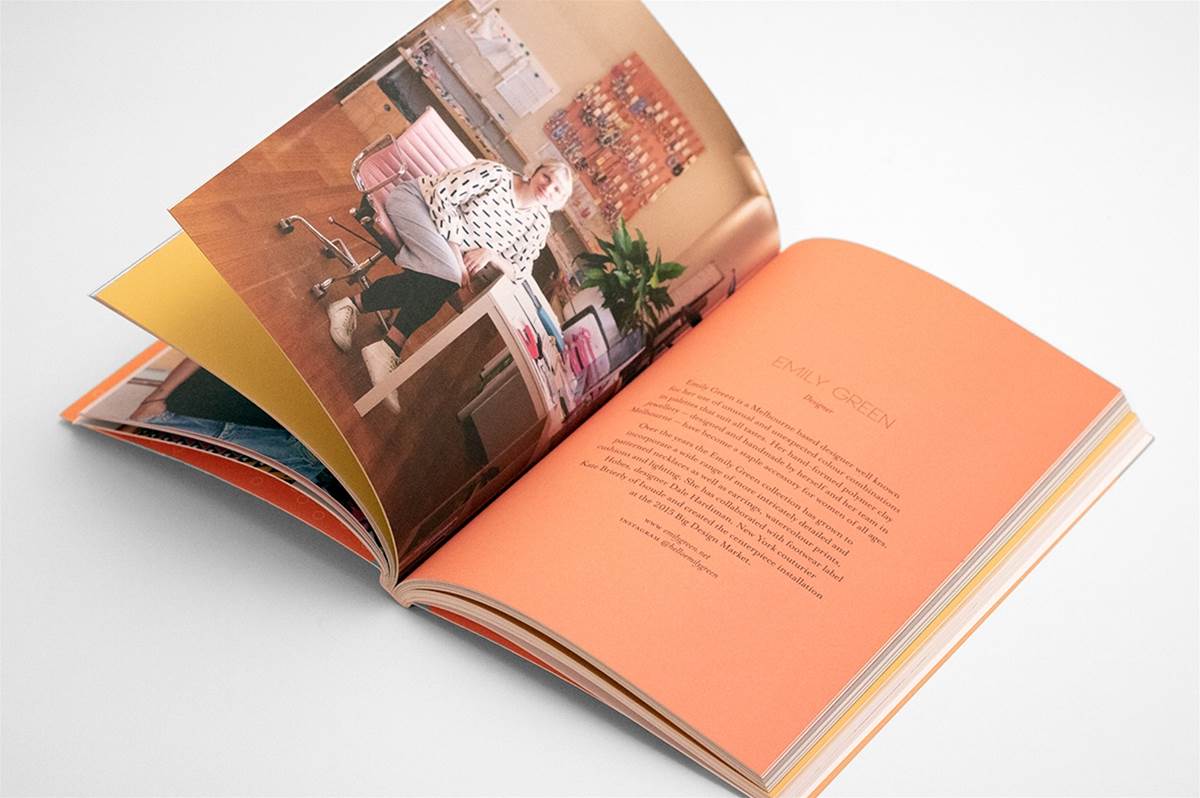 A book Tess designed
A book Tess designed
Do you break down your prices for your clients?
Tess: Because I offer a fixed project fee, I make sure I’m very detailed in my quote about what that includes. I don’t feel that clients always need to know how long something takes me to do, because they are buying my experience and style, not necessarily minutes of my time. Extras are always outlined separately in the quote/invoice because some projects need lots of extras (like imagery and fonts) and some don’t require any.
Rebecca: I think the key to quoting and invoicing a client is transparency. I break all of my costs down for a client to see and understand where their hard-earned money is being spent. Itemising your time and expenses gives them a clear picture of all the costs associated with completing their job. I include any travel time, my assistant’s time and all expenses incurred for the job.
Zee, you post your celebrant prices online, instead of waiting for someone to ask for a quote. Why is that?
Zee: There are mixed feelings about this in the celebrant world! I prefer to be clear and open from the start. I scrape for admin time as it is, so if I can save that back-and-forth, it makes it easier to get to the would-you-like-to-work-with-me stage. There’s a basic price breakdown on my website. Then, in our initial chat, I take them through the inclusions. A more detailed breakdown is in my terms and conditions, which they receive when they sign up.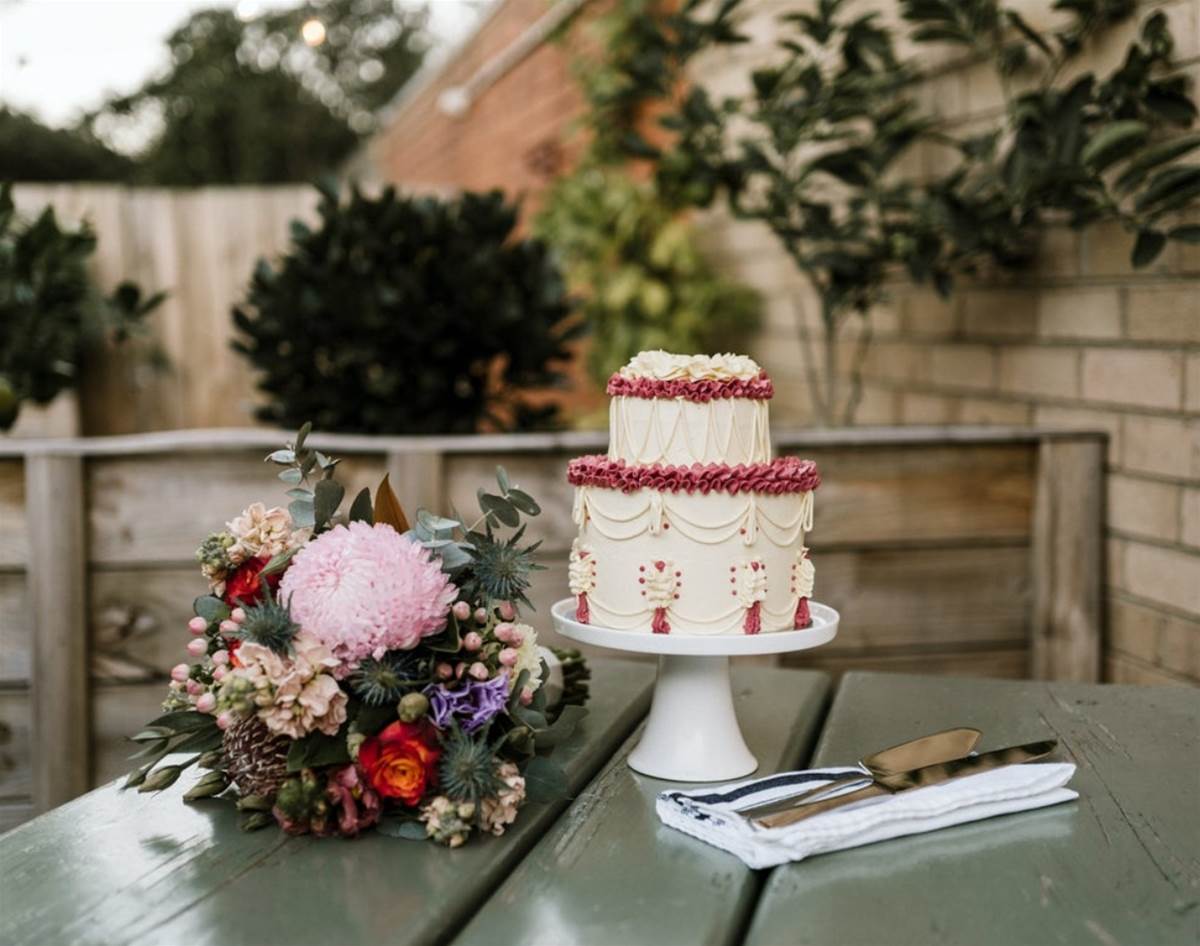 One of Zee's cakes
One of Zee's cakes
What are your strategies for dealing with people who want to bargain down your prices?
Zee: I know they’re not my customers. Whether it’s the cost of a cake or my services as a celebrant, I take it as a bit of a personal attack if my prices are questioned. Some people think I pull a figure out of thin air. When quoting a cake, the structure is very different: you need to take into account ingredients, utility rates, packaging, time, etc. It hurts a little when people try to bargain you down. I used to try to explain why my rates are what they are. Now I just accept that we weren’t meant to be.
Rebecca: You might need to get creative working with a smaller budget or sourcing items cheaply to get a job across the line. Sometimes the client needs to reduce costs to get the job to work within their marketing budget, so by listing each expense they can see what items might need to be removed to work within this.
If someone is trying to bargain you down, ask what their budget is. Then you can break it down in terms of what they are expecting vs the reality of your time. It can also save a lot of unnecessary back and forth.
In what circumstances will you agree to lower your prices, and how do you communicate this?
Rebecca: Sometimes a client just doesn’t have the budget to achieve the standard of shoot they’ve envisioned. I definitely do try to work with them or their production team to make jobs work. Being flexible to see what expenses can be adjusted to get the job across the line is important. But sometimes it just doesn’t work and that’s OK. Clients tend to stay in touch, and as their business grows, I can work with them on something in the future.
Tess: There are only a few reasons I will do this: they’re a good friend; it’s an opportunity to do work that I don’t have in my portfolio and that I want to do more of; it’s a grassroots, non-profit cause that I believe in. In those cases, I show my usual fee on the quote and then show the discount they are receiving. Transparency in this way helps the industry to not be devalued.
Rebecca's styling projects
What have you learnt about pricing since you started?
Zee: I think lots of people go into business thinking it’s just a hobby. They may think “I’m just making cakes for fun”, but if they underprice or devalue their work, that affects the whole industry. Customers may opt for the cheaper option, but that business owner will end up burning themselves out trying to keep up with unrealistic demands.
Tess: I’ve learnt a lot about communicating my expertise in order to justify my prices. I’ve learnt that sometimes ‘surge pricing’ is necessary, especially if your skills are in high demand, and you want to be rewarded for working seven days a week! I’ve learnt to stay strong and not negotiate too much, even if it means a client walks away. That can be tough, but it helps everyone if you stand strong on reasonable rates.
Need help setting your prices? We broke down the all-important formulas and gathered tips and tricks from the pros over here.
For more small-business stories like this, visit frankie.com.au/strictly-business, or sign up to our monthly e-newsletter.

.jpg&q=80&h=682&w=863&c=1&s=1)
.jpg&q=80&h=682&w=863&c=1&s=1)


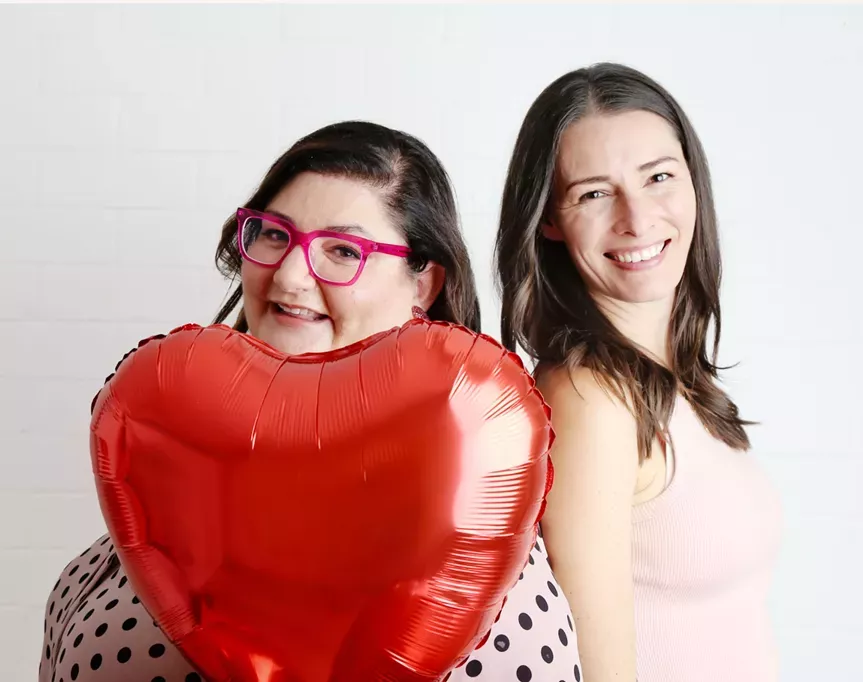
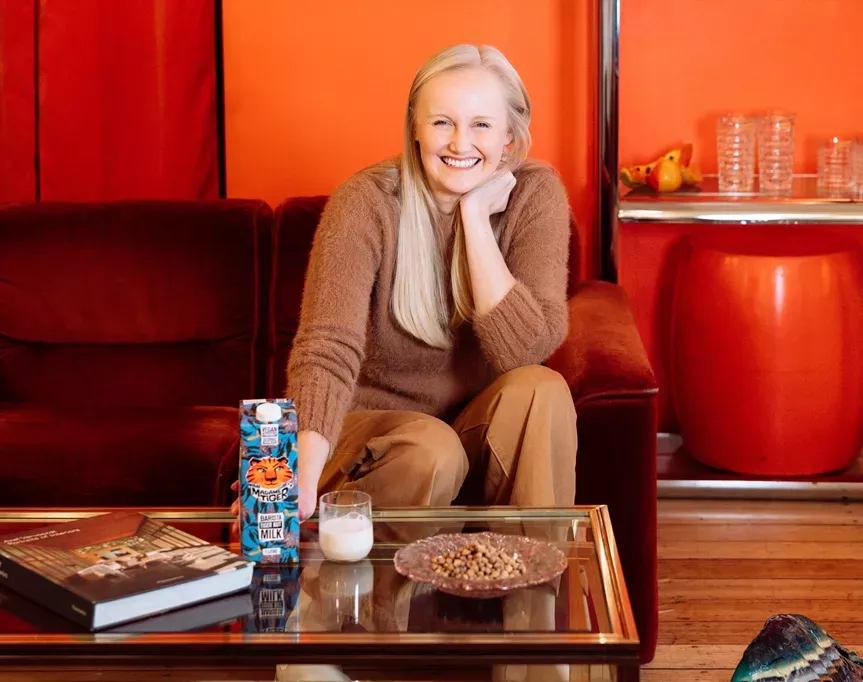







.jpg&q=80&w=316&c=1&s=1)













.jpg&q=80&w=316&c=1&s=1)










